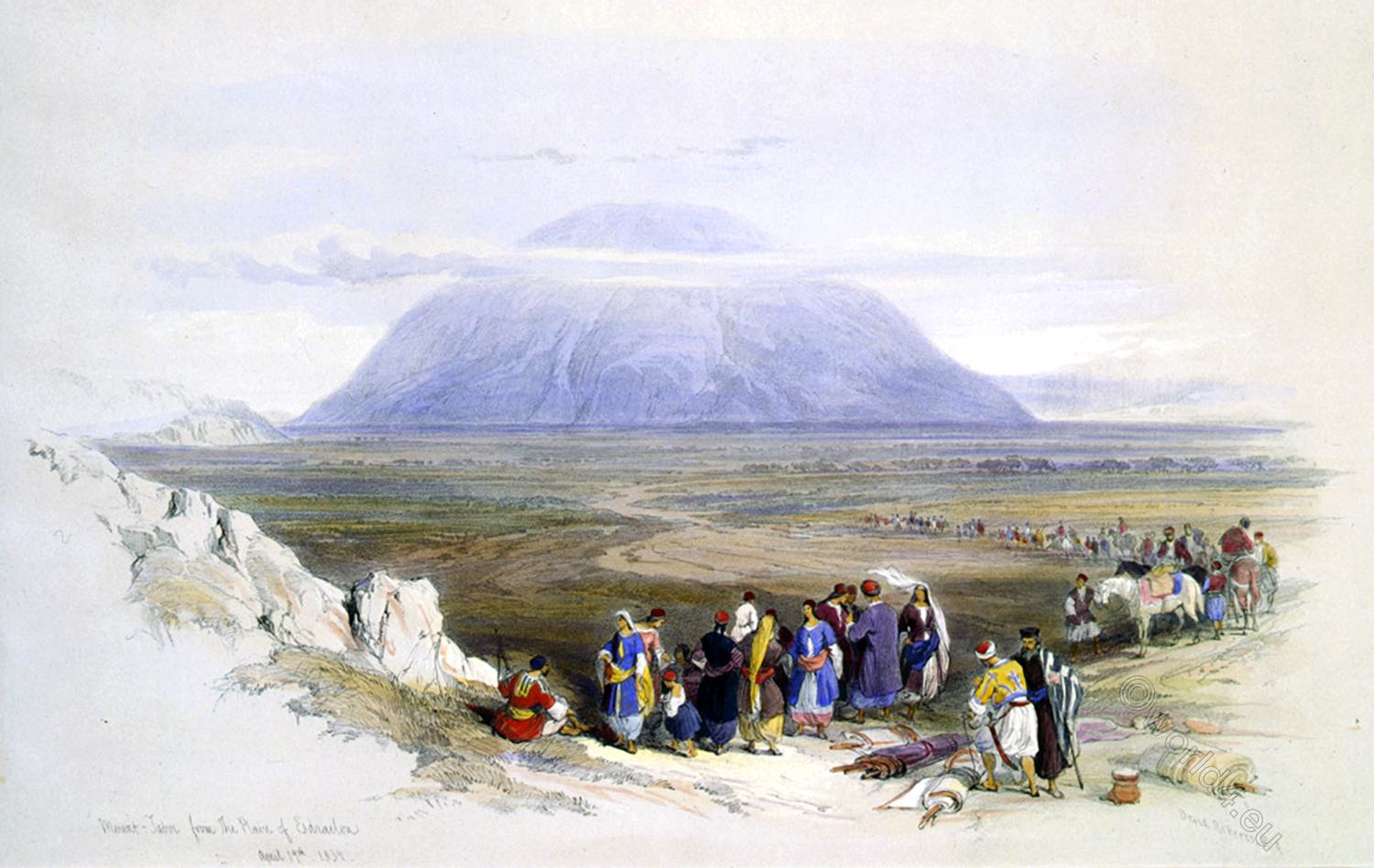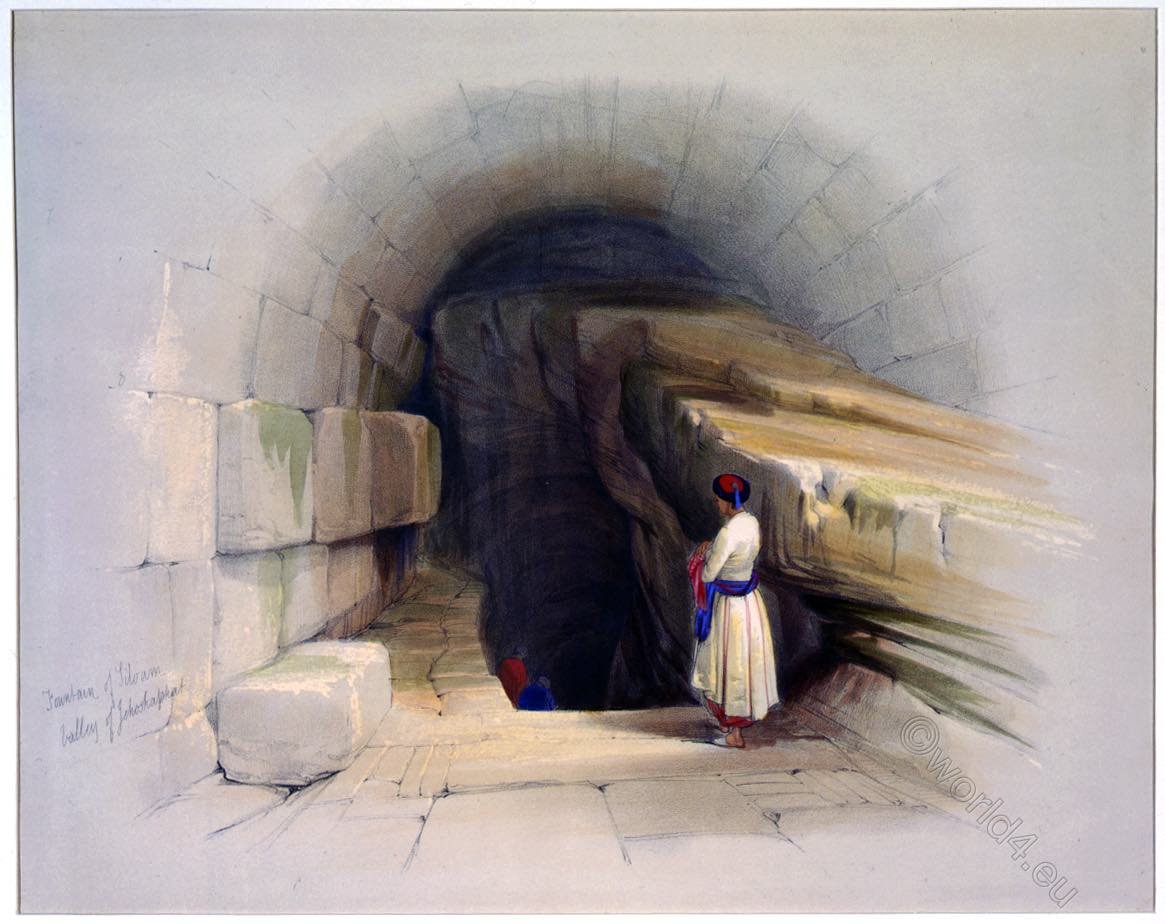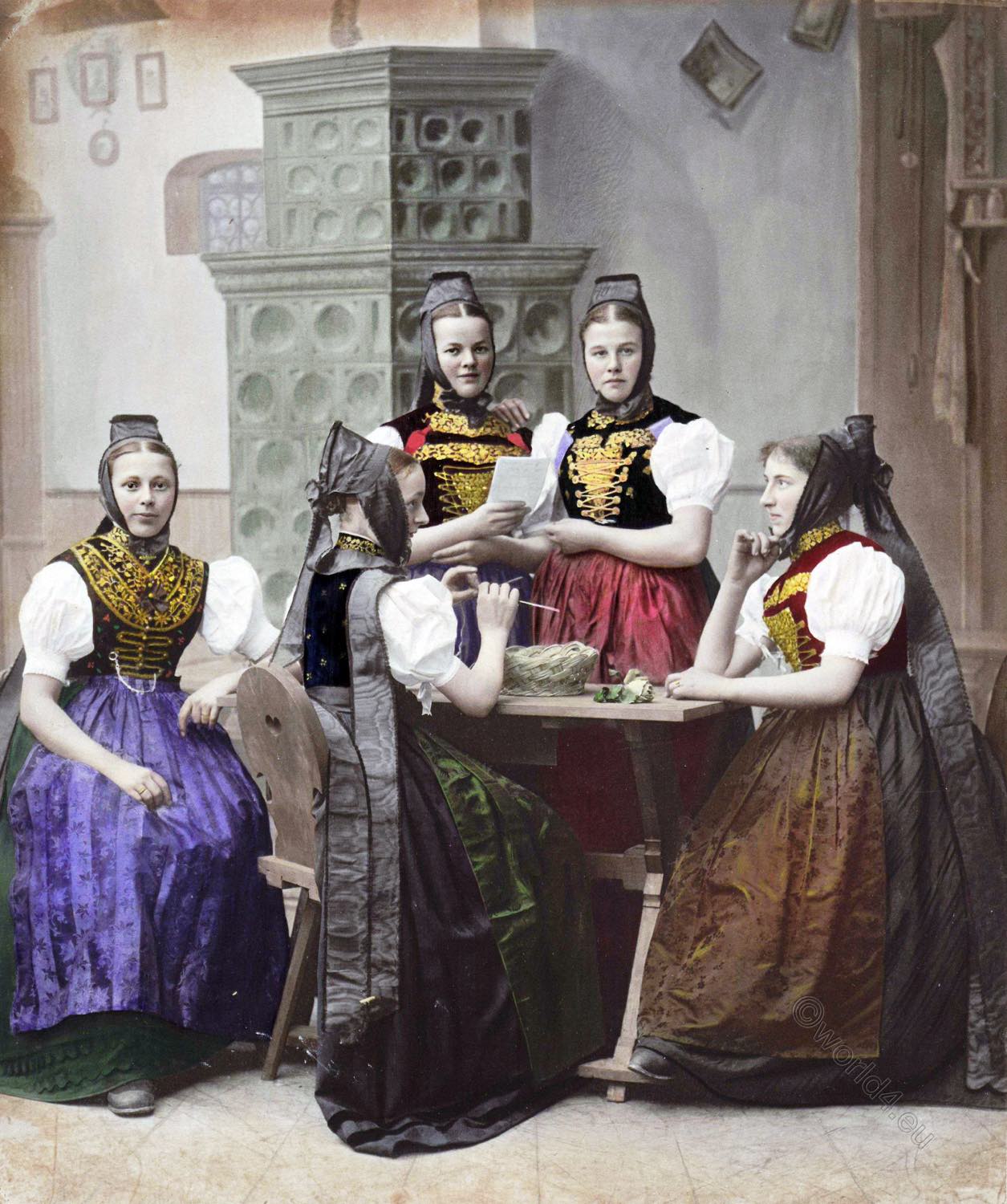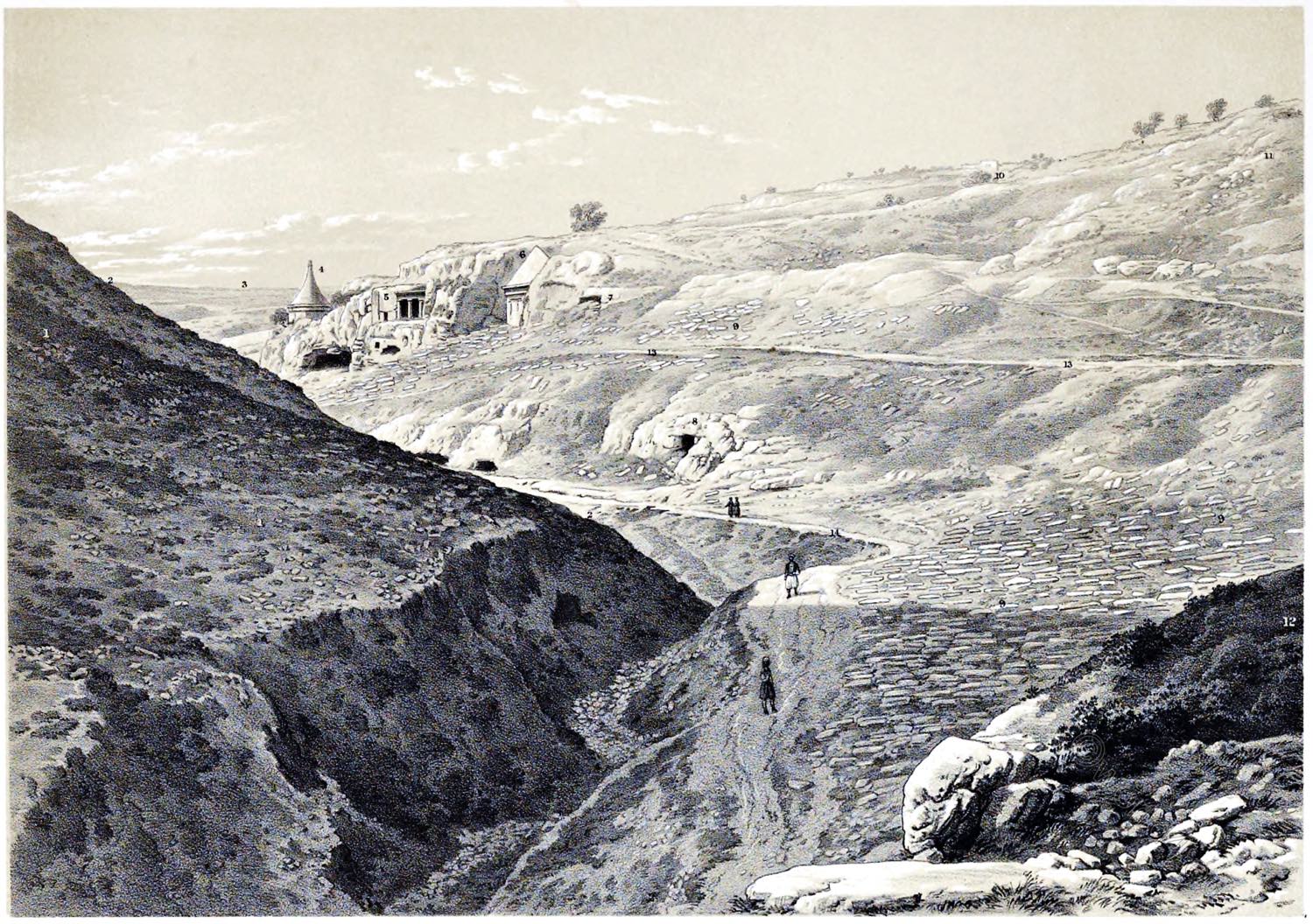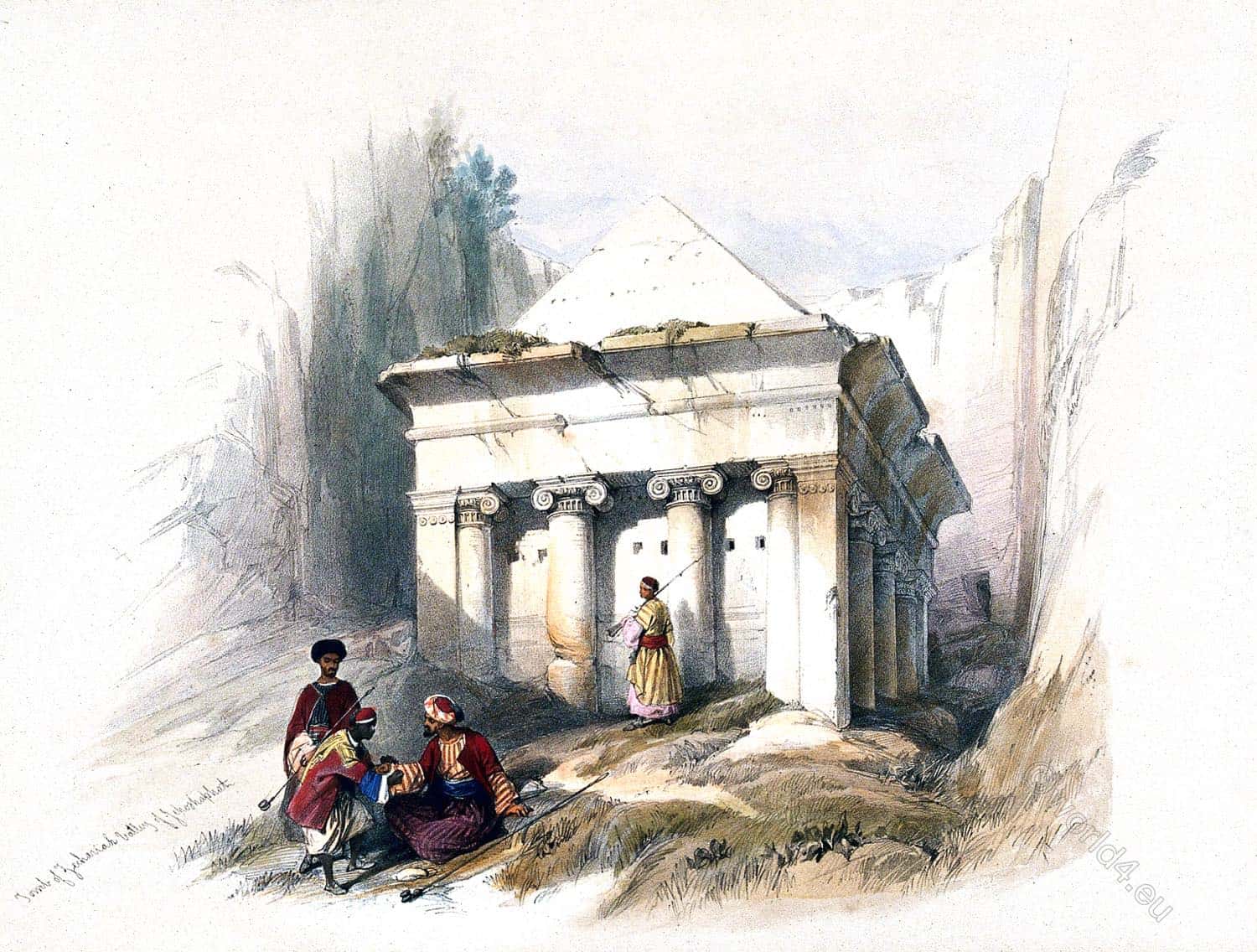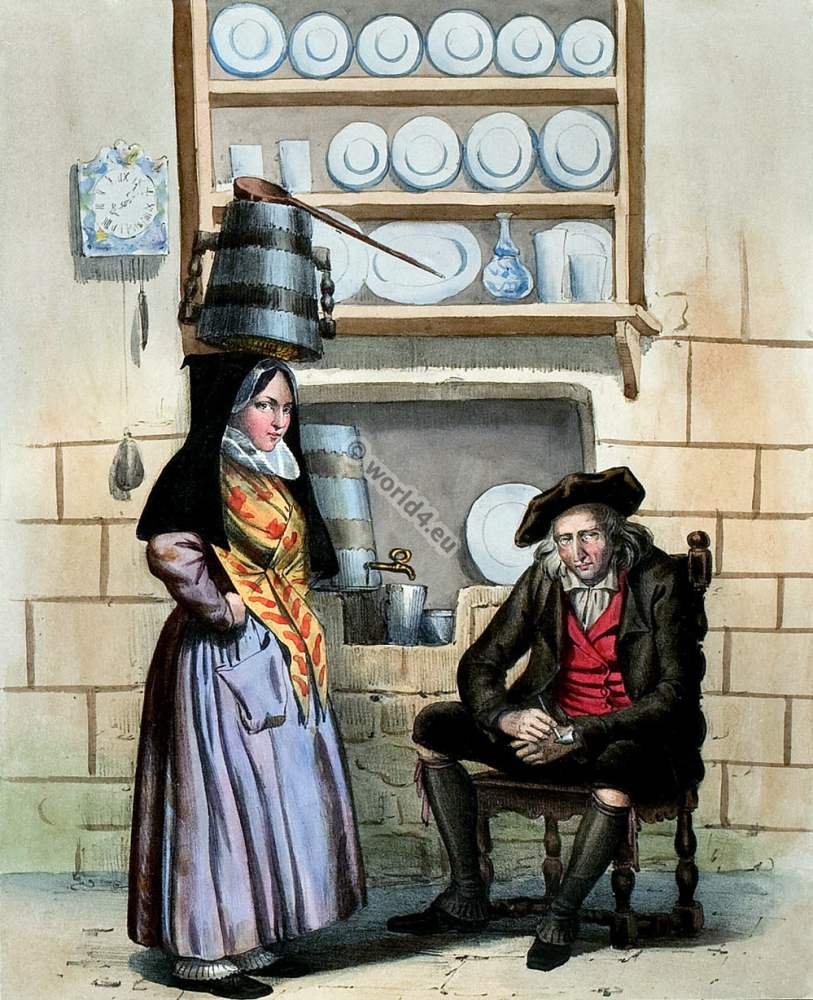
ON THE MERCED, YOSEMITE VALLEY. VIEW OF NORTH AND SOUTH DOMES.
THERE is perhaps no spot in the world that can surpass the Yosemite Valley in the grandeur of its mountain and forest scenery. In many places stupendous rocks have been riven from the parent mountains by some tremendous convulsion, and tossed into the valley, from which they rise like giant obelisks or monolithic pyramids, to arrest the traveller’s gaze and shut out the surrounding landscape from his view. But these fragments are as a drop of water to the ocean when compared with the lofty mountains and granite walls that shut in the scene around. The great Yosemite trees, unsurpassed in magnitude, dwindle into insignificance as they stand sentinel beneath the Domes, whose crags tower in precipices two thousand feet above their topmost branch.
Like the boom of distant thunder the valley resounds with the roar of cataracts, that in their headlong rush, escaping from their rock-bound channels in the mountain solitudes, leap in foaming torrents from crag to crag, to swell the stream two thousand five hundred feet below.
The rocky height known to the Indians as the “To-coy-oe,” and named by the present owners of the soil “the Great North Dome,” rears its hoary granite head to a height of three thousand seven hundred and twenty-five feet, furnishing an unyielding pillow on which the passing clouds may rest. Viewed from the Merced River (the position chosen for the photograph) the Dome is perhaps seen to its greatest advantage, its bold outline softened by the intervening atmosphere, which clothes the rugged chasms and primeval forests that crown its stony brow, with a luminous veil of blue, and mellows the bright colours of rocks and foliage, brought out by the mid-day sun.
But there is yet a greater mount than this. “The Southern Dome,” shattered by some great shock, towers in broken outline a thousand feet above the “To-coy-oe,” its serrated sides sparkling through the deep blue,- with which distance has subdued its rugged proportions,- like the gleams of light on a rough sapphire.
In the middle distance of the picture the bank, on one side of the stream, wears a rich mantle of dark foliage, while on the other, budding trees, bathed in sunshine, display their tender hues against the deep shadow of an overhanging cliff. A belt of bright sand sweeps round in a graceful curve, affording a striking contrast to the masses of splintered rock scattered in wild confusion’ throughout the valley.
Who can wonder that, in this Yosemite Valley, the simple superstitious aborigines found a temple for the great unseen Spirit, whose throne was its everlasting rocks, and whose voice was in the murmuring of its streams and thunder of its cataracts?
Descriptive Article by J. Thomson. Photographed by Houseworth.
Source: Treasure spots of the world: a selection of the chief beauties and wonders of nature and art by Walter Bentley Woodbury (1834-1885); Francis Clement Naish. London: Ward, Lock, and Tyler, Paternoster Row, 1875.
Continuing
Discover more from World4 Costume Culture History
Subscribe to get the latest posts sent to your email.

